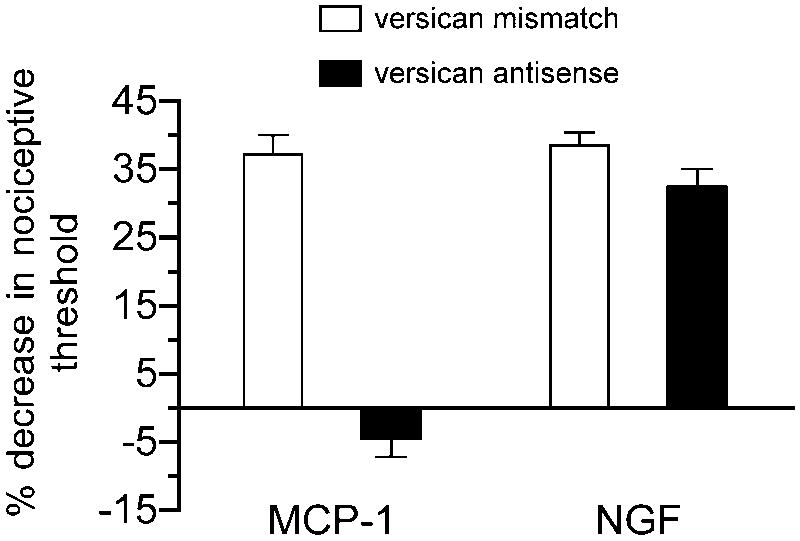Figure 3. MCP-1 hyperalgesia is dependent on versican.
MCP-1 but not NGF hyperalgesia could be blocked by intrathecal administration of antisense oligodeoxynucleotides to versican mRNA. A two-way ANOVA with two between subjects factors (intrathecal antisense or mismatch ODNs; and intradermal MCP-1 or NGF) showed a significant intrathecal × intradermal treatment interaction [F(1,20) = 49.083, P < 0.001], a significant effect of intrathecal treatment [F(1,20) = 88.387, P < 0.001] and a significant effect of intradermal treatment [F(1,20) = 56.913, P < 0.001]. Because the interaction was significant, the groups receiving MCP-1 were analyzed separately from those receiving NGF with one-way ANOVAs. The effect of MCP-1 was significantly attenuated in the group that received antisense ODNs for versican compared to the mismatch treated group [F(1,10) = 84.747, P < 0.001], indicating the dependence of MCP-1 induced hyperalgesia on versican expressing IB4-(+) sensory neurons. There was no significant difference between the two groups receiving NGF.

